New York’s new “normal” construction health & safety protocols - by Peter Simon

As New York looks toward un-pausing, COVID-19 protocols in the construction industry are taking shape. If we look to New York construction projects that continued to work through the pause, due to essential status, and municipalities outside of New York, there are a group of protocols that seem to be a common thread. Philadelphia, Boston, and Los Angeles, to name a few, have all created specific municipal requirements related to COVID-19 and it seems probable that New York City will follow suit. With this in mind, below are five construction best practices seen in New York and around the nation so far:
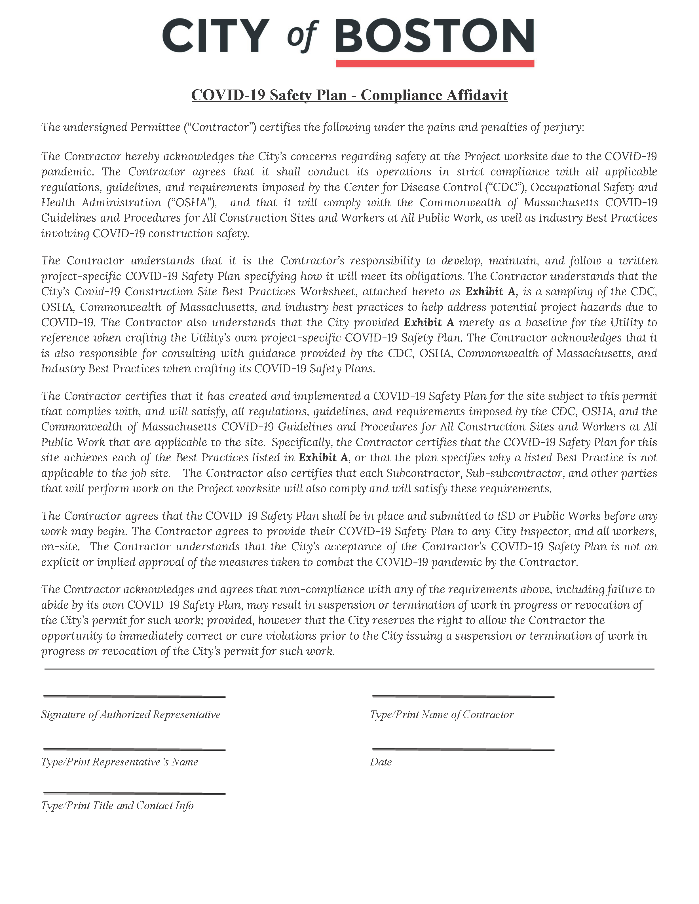 Planning
Planning
Many New York contractors and essential projects have created and implemented COVID-19 written best practices or protocols. Some municipalities have taken things a step further by requiring a COVID-19 “safety plan” be submitted to city officials. Boston, for example, is also requiring an affidavit from the construction permit holder promising to implement the COVID-19 plan and protocols.
Symptom Monitoring & Temperature Taking
Although symptom monitoring is not a panacea—as an individual could be infectious but asymptomatic—it has been broadly used throughout the world to identify and isolate individuals with clearly identifiable symptoms that indicate illness. The CDC recommends temperature checks prior to work for critical workers, as well as separating and sending home workers that have symptoms of illness. Many construction sites have implemented a temperature taking policy whereby all entrants have their temperature taken prior to entering the site.
Additionally some contractors and municipalities have required a single individual directly responsible for symptom monitoring and implementation of COVID-19 protocols or plans. In Philadelphia, active jobsites are required to appoint a “Pandemic Safety Officer,” who must be onsite anytime work is ongoing and must have successfully completed COVID-19 safety training.
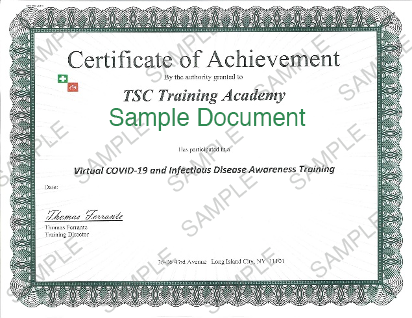 Training
Training
COVID-19 training is being implemented in New York and across the country for construction workers and supervisors. But even the most thoughtful protocols and plans have diminished value if workers and supervisors do not have the training or information necessary for their implementation. Organizations like TSC Training Academy are using distance learning for COVID-19 awareness training and many projects are requiring COVID-19 toolbox talks, while OSHA has re-emphasized that workers required to use PPE must be trained.
PPE & Hygiene
Construction sites and even entire cities have implemented new PPE requirements. These most often require that workers wear face and hand coverings to reduce the spread of COVID-19, leading to an increased prevalence of hand washing stations and hand sanitizers. The city of Los Angeles has even issued guidance that construction sites must allow employees to wash their hands at least every 30 minutes. In addition to this added PPE, construction sites are now placing emphasis on cleaning and disinfecting common touch points and tools, with workers in LA directed to disinfect tools before and after each use.
Social distancing
Social distancing protocols are currently mandated on New York construction sites under the threat of a $10,000 fine. Many municipalities are requiring social distancing on construction sites as well as in public life and its implementation has been invaluable in reducing the transmission of COVID-19. However, sometimes there are certain activities whereby 6 feet social distancing is extremely difficult, if not impossible.
As construction protocols develop for situations wherein 6’ social distancing is not feasible, OSHA provides some guidance in their COVID-19 publications: OSHA states that employers are obligated to provide needed PPE to workers while they are performing their jobs, and the PPE must be based on the risk of being infected while working. Workers obligated to work within 6 feet of individuals who are known to be or suspect of being infected with COVID-19 will need to use respirators.
On a daily, and sometimes hourly, basis there have been developments or changes in the COVID-19 situation, so it is certain there will be changes between the writing of this article and its reading. But, with this in mind, it is our belief and sincere hope that the information above, and whatever innovations in infectious disease prevention we are able to share with you in the future, provides some guidance as we navigate this new normal together, safely.
Peter Simon, JD, CSP, is risk manager & director of plans and logistics at Total Safety Consulting, Bayonne, N.J.
Troutbrook expands with boutique condo project and Marriott Fairfield Inn & Suites renovation




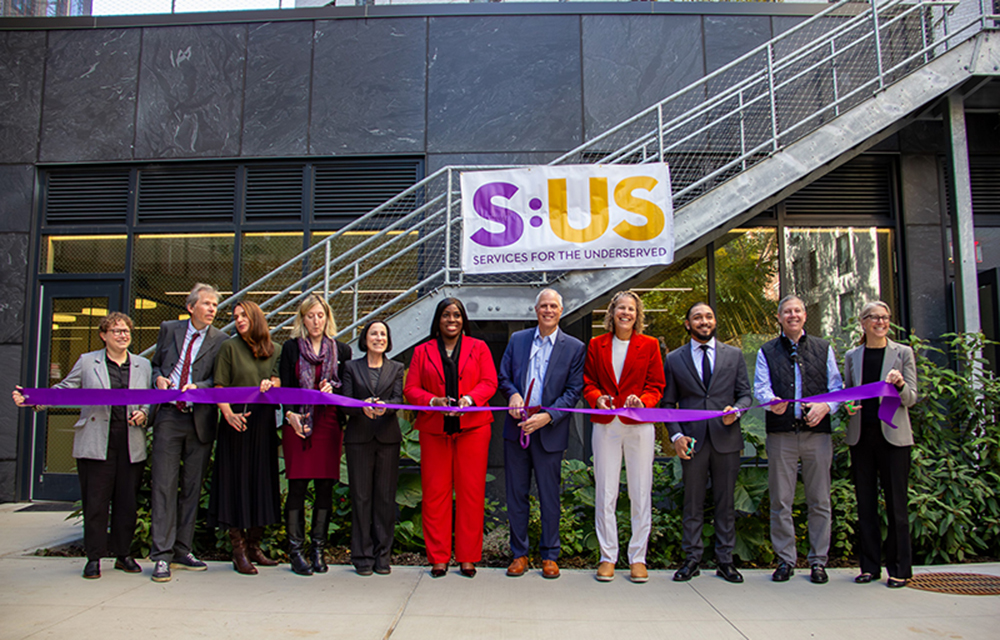
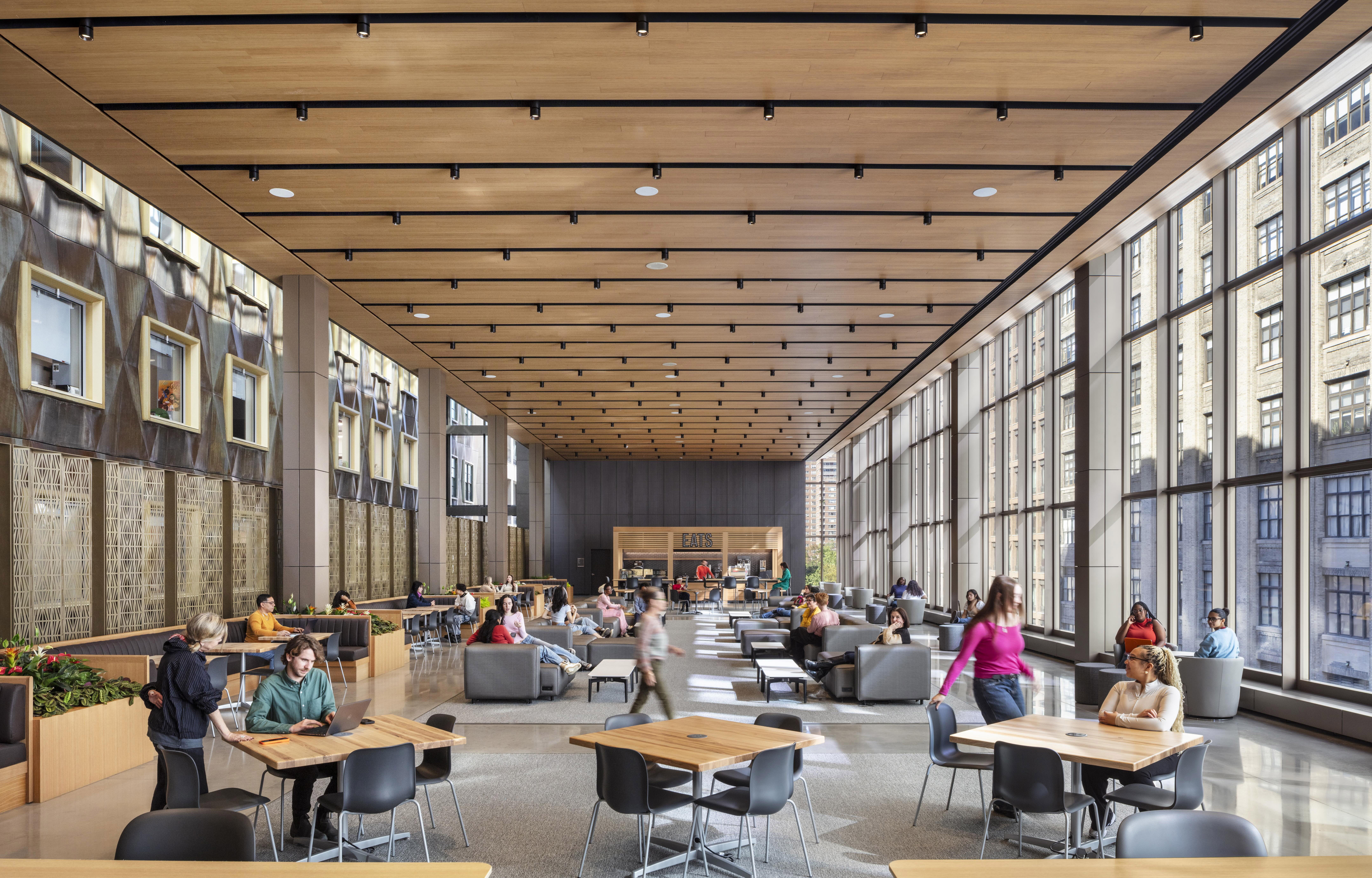
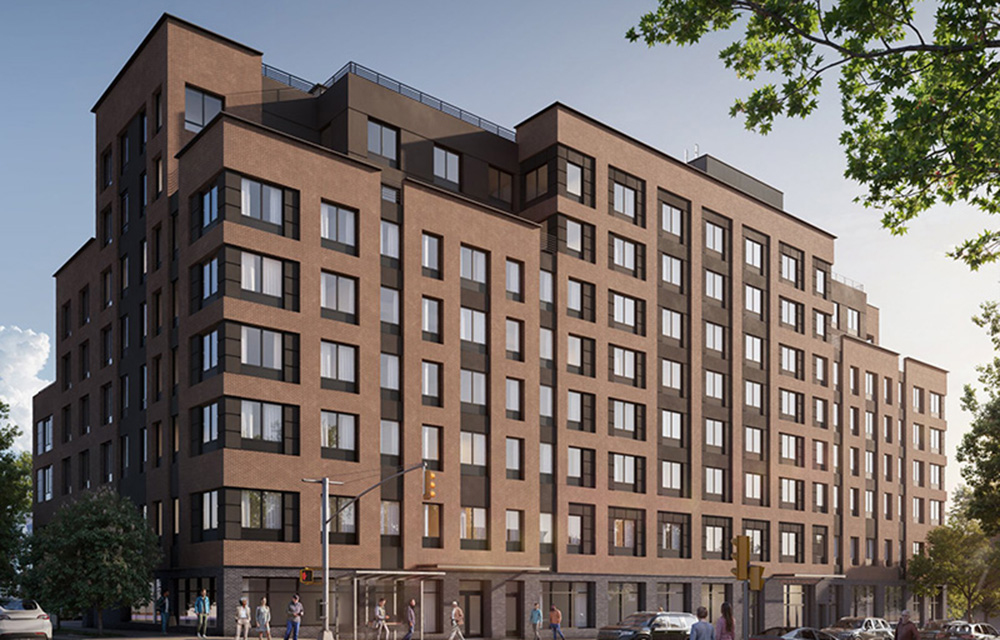

.gif)
.jpg)

.gif)